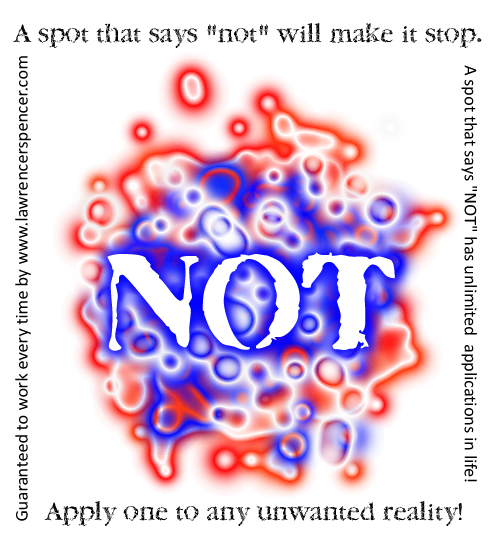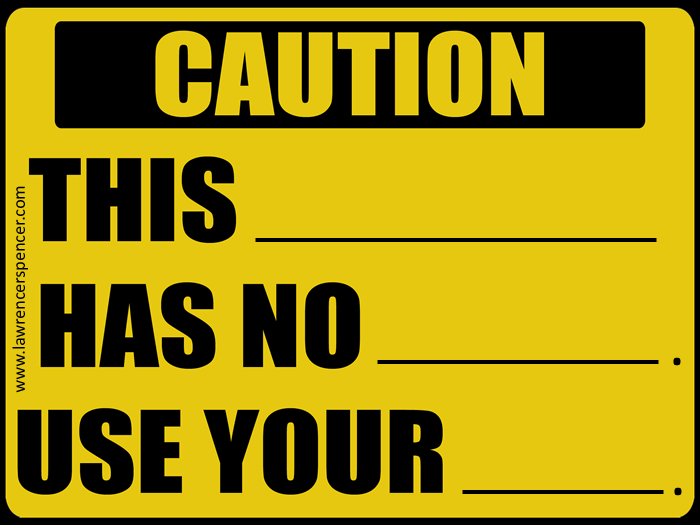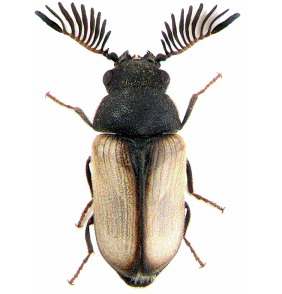Republished by Blog Post Promoter
Category Archives: PICTURE POEMS
Picture Poems a poems written for, and pasted on, pictures, paintings or graphic art. The poem describes or emulated the picture in verse.
HOW TO HAIKU
Republished by Blog Post Promoter
The Japanese haiku and the English language haiku have several critical differences. In Japanese the haiku is composed of 17 sound units divided into three parts – one with 5 units, one with 7 units and another with 5 units. Since sound units are much shorter than English syllables, it has been found that following the Japanese example results in a much longer poem often filled up to make the count with unnecessary words.
The Japanese write their haiku in one line, in order to see clearly the parts of the haiku. In English each part is given a line. This allows the reader time to form an image in the mind before the eyes go back to the left margin for more words. The line breaks also act as a type of punctuation. The kigo, or season word, is a vital part of the Japanese haiku, but in English it is often ignored and not well understood. Therefore, a great number of English haiku do not have a season word and yet are considered to be haiku. The Japanese, because of their longer history of reading haiku, understand that there are two parts to the poem. In English these are called the phrase and fragment. One line is the fragment and the other two lines combine grammatically to become the phrase. Without this combining the two lines together the haiku will sound ‘choppy’ as the voice drops at the end of each line. (WikiHow.com)
OWN REALITY
Republished by Blog Post Promoter
THE CREATOR IS A BEETLE (OR A STAR)
Republished by Blog Post Promoter
The evolutionary biologist J.B.S. Haldane Is famous for having repeatedly said that “the Creator must have an inordinate fondness for beetles, for the simple reason that there are just so many varieties of beetles on Earth.” (He also noted that the Creator also was “endowed with a passion for stars” – again, because there are just so darn many of them.)
Stephen Jay Gould added to this by noting:
“God is most likely to take trouble over reproducing his own image, and his 400,000 attempts at the perfect beetle contrast with his slipshod creation of man. When we meet the Almighty face to face he will resemble a beetle (or a star).”
The Coleoptera /koʊliːˈɒptərə/ order of insects is commonly called beetles. The word “coleoptera” is from the Greek κολεός,koleos, meaning “sheath”; and πτερόν, pteron, meaning “wing”, thus “sheathed wing. The Coleoptera include more species than any other order, constituting almost 25% of all known types of animal life-forms. About 40% of all described insect species are beetles (about 400,000 species), and new species are discovered frequently. Some estimates put the total number of species, described and undescribed, at as high as 100 million, but a figure of one million is more widely accepted. ————–

According to astronomers, there are probably more than 170 billion galaxies in the observable Universe, stretching out
into a region of space 13.8 billion light-years away from us in all directions. And so, if you multiply the number of stars in our galaxy by the number of galaxies in the Universe, you get approximately 1024 stars. That’s a 1 followed by twenty-four zeros. That’s a septillion stars. But there could be more than that.
It’s been calculated that the observable Universe is a bubble of space 47 billion years in all directions. This is a minimum value, the Universe could be much bigger – it’s just that we can’t ever detect those stars because they’re outside the observable Universe. It’s even possible that the Universe is infinite, stretching on forever, with an infinite amount of stars. So add a couple more zeros. Maybe an infinite number of zeroes. That’s a lot of stars in the Universe.
Read more: http://www.universetoday.com/102630/how-many-stars-are-there-in-the-universe/#ixzz2uK83T2IZ
SPOT THAT SAYS “NOT”
Republished by Blog Post Promoter
Spots that say “NOT” have been used in this universe for billions and billions of years. Get yours now, and make any reality you can’t confront disappear!




